A decade ago, many predicted that K-12 education might shift entirely online, especially in the upper grades. Michael Horn, co-founder of the Clayton Christensen Institute for Disruptive Innovation, spoke of blended learning as the “new model that is student-centric, highly personalized for each learner, and more productive, as it delivers dramatically better results at the same or lower cost.” (Horn and Staker 2013) Blended learning is certainly emerging as an advantageous approach to students, offering positive cultural, social and academic features of a traditional school environment while also expanding the personalized learning opportunities of online learning. This month we ask our global teachers: To what extent is this a new model of learning in a digital age? Is blended learning becoming yet another overhyped myth? What lessons learned can you share from your own school community?
“The latest craze in educational technology consists of digital learning platforms that promise to provide a personalized experience to match the abilities of each student,” writes Adam Steiner (@steineredtech) in the United States. “However, this type of blended learning where technology use is kept separate from a collaborative learning experience is not the best way to use technology in the classroom.” Here are Adam’s comments on the “flaws in this model of technology implementation.” Read More.
“At present, there is no escape from using ICT as a component in the teaching learning process. To engage all types of learners, teachers need to acquire skills of using BLENDED LEARNING model for achieving the desired goals of teachers,” writes Rashmi Kathuria (@rashkath) in India. “This approach has enabled the expertise and knowledge for a creative teacher to reach maximum learners, anytime-anywhere. I am glad to share that my classroom is now e-classroom 24/7.” Read More.
“The hope is that by blending traditional and new teaching methods they will build on each other, providing students with an innovative and effective learning experience nurturing skills students need to succeed both in life and in a tech-driven workface,” writes Craig Kemp (@mrkempnz) in Singapore. “The importance of digital literacy has increased the need for a blended learning environment.” Read More.
“It is clear that learning can’t be limited anymore in one place…Learning happens in different places during different times through individual life,” writes Maarit Rossi (@pathstomath) in Finland. “I have positive expectations to the possibilities of blended learning. I support a holistic approach to 21st Century education. It means we need versatile teaching methods and balanced assessment.” Read More.
“In my school, while blended learning has not been officially adopted, flipped classrooms have gotten some teachers creating their own instructional videos and using apps such as EdPuzzle,” writes Jim Toscano (@jimtuscano) in the Phillipines. “Blended learning is far from being a hype among the members of and stakeholders in the education community. It is here to stay.” Read More.
“Blended Learning does not address some of the most important needs our children have in order to be prepared for an increasingly global and complex world,” writes Michael Soskil (@msoskil) in Mexico. “We must look at how new technologies afford our students the ability to work with those who are different than themselves, solve problems with experts who are using knowledge in practical ways, and experience the satisfaction of helping others.” Read More.
“If the blend of face-to-face and online learning is designed by the teacher, opportunities are often missed in making learning meaningful for every learner. If teachers want to gain the most from technology, they must focus on developing in each learner a sense of self-awareness in how they learn best. Blending one’s own learning is the only truly future-ready blend,” writes Richard Wells (@EduWells) in New Zealand. Read More.
“In 2009, I entered the world of blended learning after the school I taught at implemented a 1 to 1 laptop initiative which placed computers in the hands of all students (grade 6-12) that they used in classroom and brought home with them each night…I believe that blended learning is a combination of traditional teaching methods and digital ones,” writes Shaelynn Farnsworth (@shfarnsworth) in the United States. What are Shaelynn’s 7 virtues of a blended learning teacher? Read More.
“No, blended learning is not hype, at least not in my experience,” writes Vicki Davis (@coolcatteacher). Every classroom is made up on two spaces; the face to face space and the online space. The effective 21st century teacher will meld the online space and the face-to-face combination of learning.” So what are Vicki’s top tips on blended learning? Read More.
“Blended learning gives me the opportunity to differentiate between the individual needs of my students,” writes Jasper Rijpma (@JasperRijpma) in The Netherlands. “Yet, we need to be careful to confuse technology with actual teaching. Blended learning is not about just adding videos and personalized content in the classroom.” Read More.
The Global Teacher Bloggers are pioneers and innovators in fields such as technology integration, mathematics coaching, special needs education, science instruction, and gender equity. They have founded schools, written curricula, and led classrooms in 16 different countries that stretch across every populated continent on earth. The Top Global Teacher Bloggers is a monthly series where educators across the globe offer experienced yet unique takes on today’s most important topics. CMRubinWorld utilizes the platform to propagate the voices of the most indispensable people of our learning institutions – teachers.
Top Row L to R: Adam Steiner, Shaelynn Fransworth, Pauline Hawkins, Kazuya Takahashi
2nd Row L to R: Elisa Guerra, Jasper Rijpma , C.M. Rubin, Carl Hooker, Warren Sparrow
3rd Row L to R: Nadia Lopez, Joe Fatheree, Craig Kemp, Rashmi Kathuria, Maarit Rossi
Bottom Row L to R: Jim Tuscano, Richard Wells, Abeer Qunaibi, Vicki Davis, Miriam Mason-Sesay
(Photo is courtesy of CMRubinWorld)
Join me and globally renowned thought leaders including Sir Michael Barber (UK), Dr. Michael Block (U.S.), Dr. Leon Botstein (U.S.), Professor Clay Christensen (U.S.), Dr. Linda Darling-Hammond (U.S.), Dr. MadhavChavan (India), Professor Michael Fullan (Canada), Professor Howard Gardner (U.S.), Professor Andy Hargreaves (U.S.), Professor Yvonne Hellman (The Netherlands), Professor Kristin Helstad (Norway), Jean Hendrickson (U.S.), Professor Rose Hipkins (New Zealand), Professor Cornelia Hoogland (Canada), Honourable Jeff Johnson (Canada), Mme. Chantal Kaufmann (Belgium), Dr. EijaKauppinen (Finland), State Secretary TapioKosunen (Finland), Professor Dominique Lafontaine (Belgium), Professor Hugh Lauder (UK), Lord Ken Macdonald (UK), Professor Geoff Masters (Australia), Professor Barry McGaw (Australia), Shiv Nadar (India), Professor R. Natarajan (India), Dr. Pak Tee Ng (Singapore), Dr. Denise Pope (US), Sridhar Rajagopalan (India), Dr. Diane Ravitch (U.S.), Richard Wilson Riley (U.S.), Sir Ken Robinson (UK), Professor Pasi Sahlberg (Finland), Professor Manabu Sato (Japan), Andreas Schleicher (PISA, OECD), Dr. Anthony Seldon (UK), Dr. David Shaffer (U.S.), Dr. Kirsten Sivesind (Norway), Chancellor Stephen Spahn (U.S.), Yves Theze (LyceeFrancais U.S.), Professor Charles Ungerleider (Canada), Professor Tony Wagner (U.S.), Sir David Watson (UK), Professor Dylan Wiliam (UK), Dr. Mark Wormald (UK), Professor Theo Wubbels (The Netherlands), Professor Michael Young (UK), and Professor Minxuan Zhang (China) as they explore the big picture education questions that all nations face today.
The Global Search for Education Community Page
C. M. Rubin is the author of two widely read online series for which she received a 2011 Upton Sinclair award, “The Global Search for Education” and “How Will We Read?” She is also the author of three bestselling books, including The Real Alice in Wonderland, is the publisher of CMRubinWorld, and is a Disruptor Foundation Fellow.
Follow C. M. Rubin on Twitter: www.twitter.com/@cmrubinworld

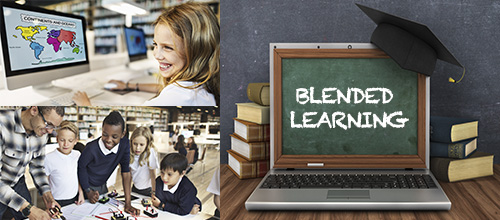
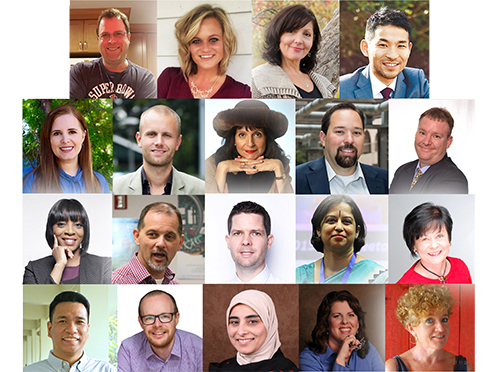

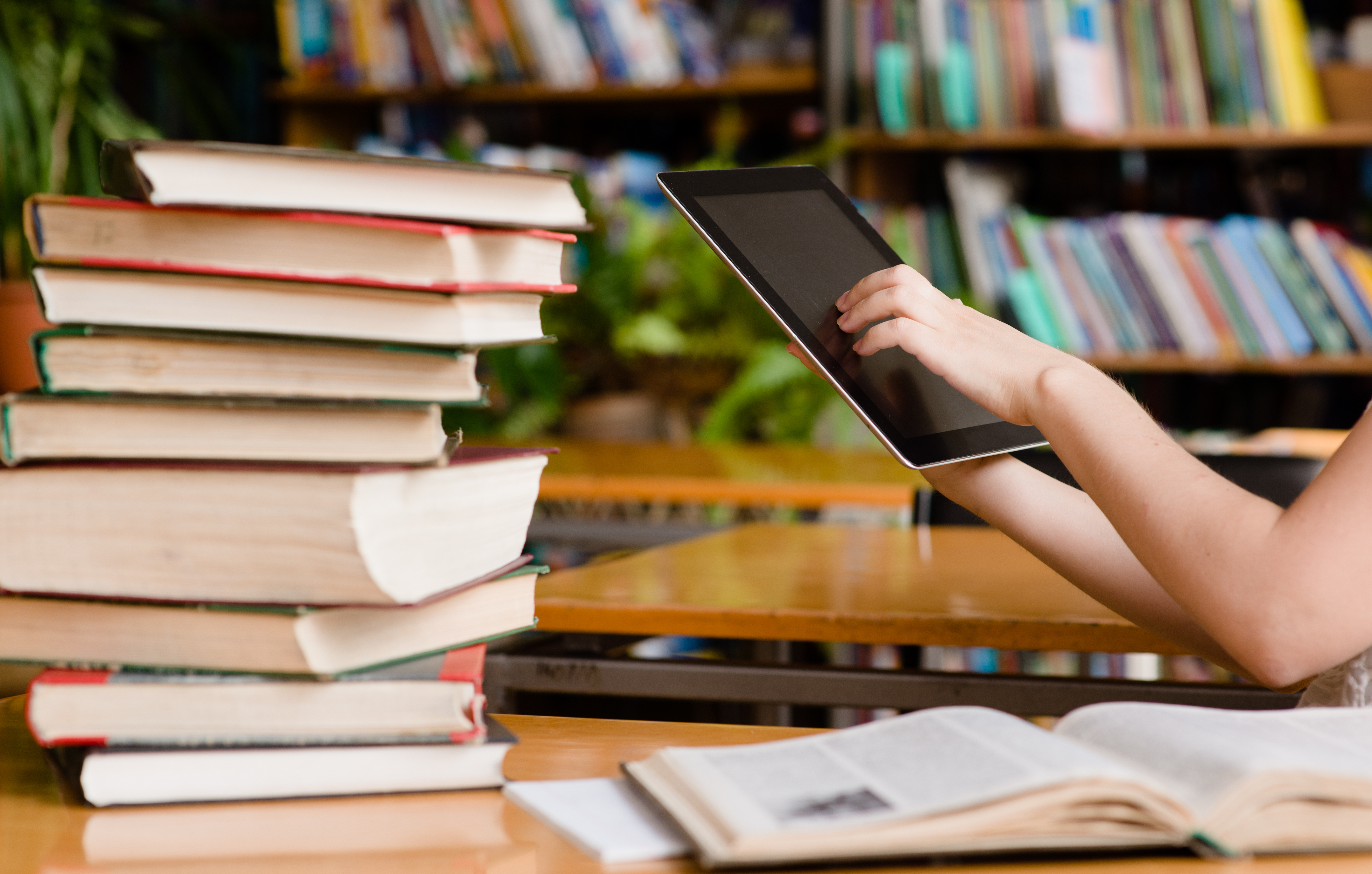
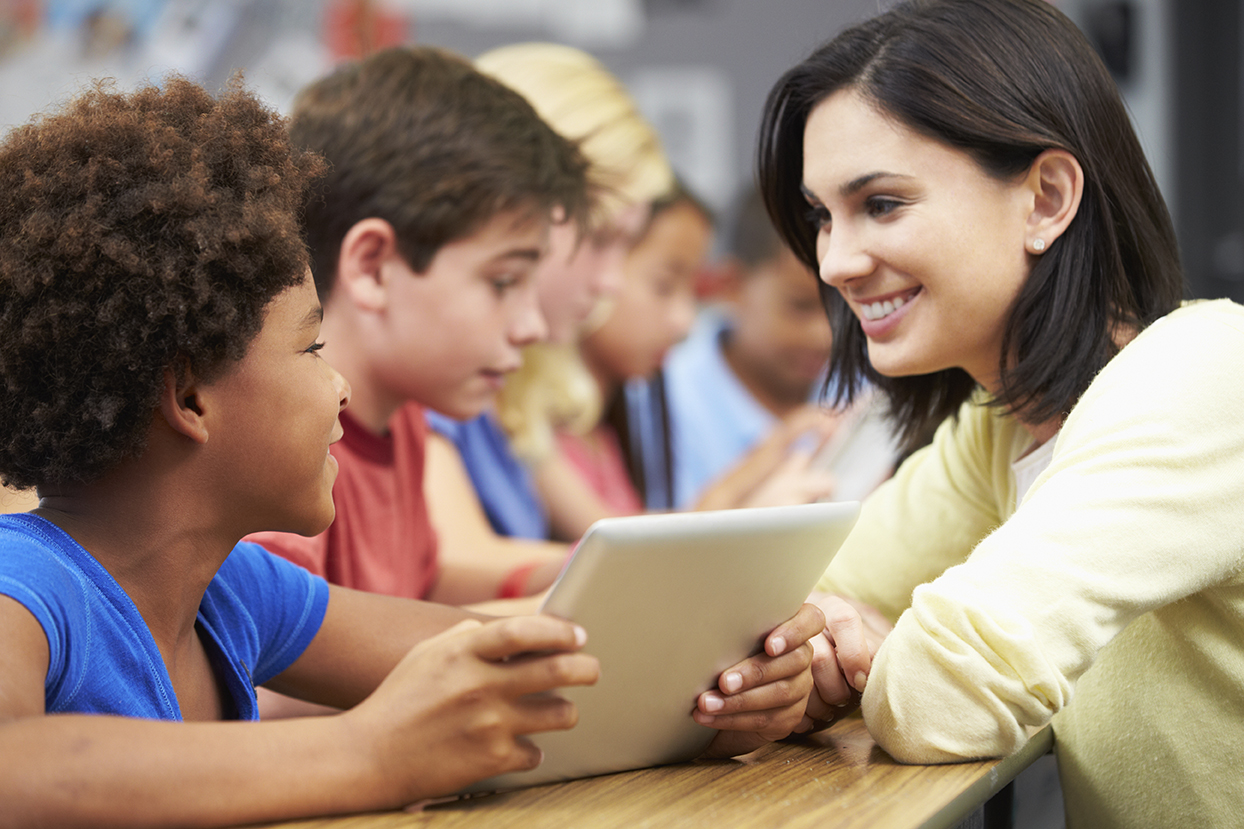
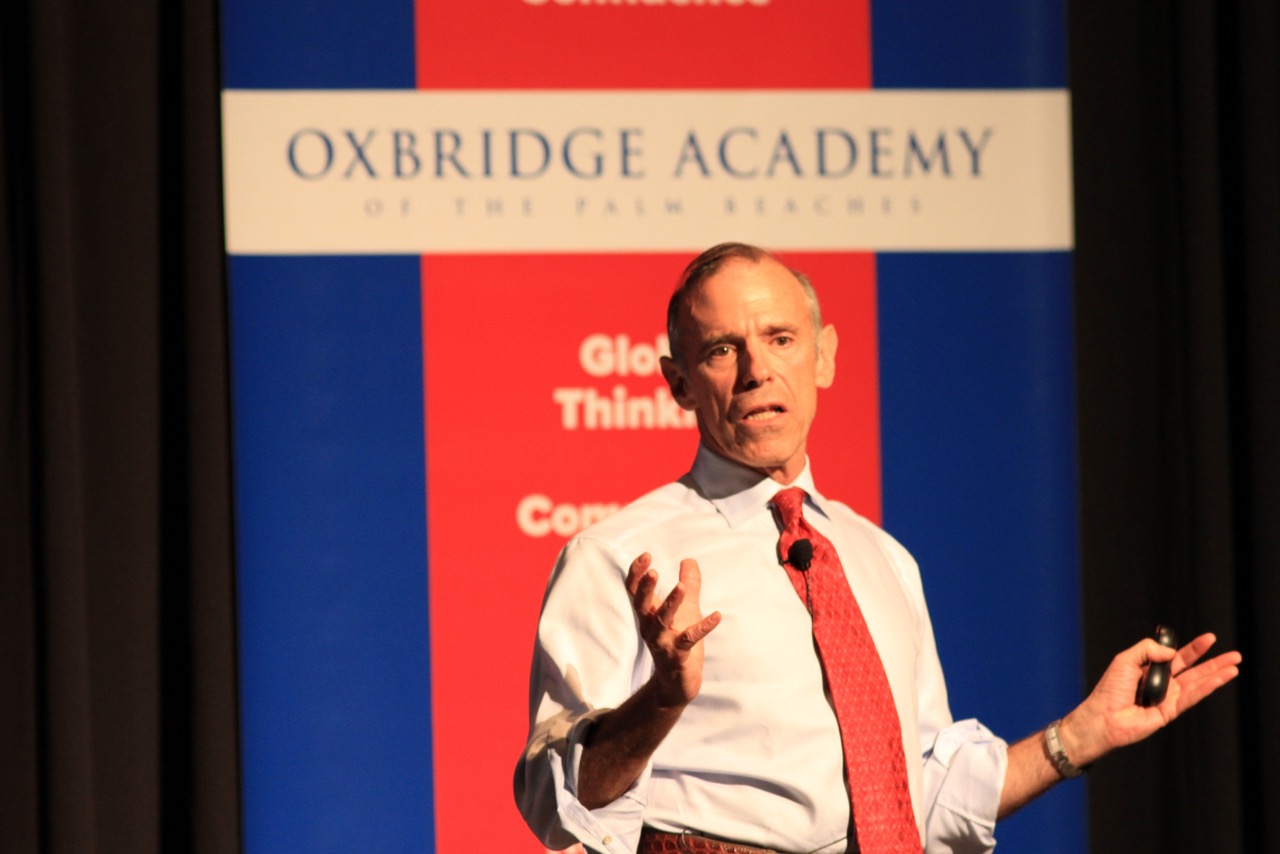
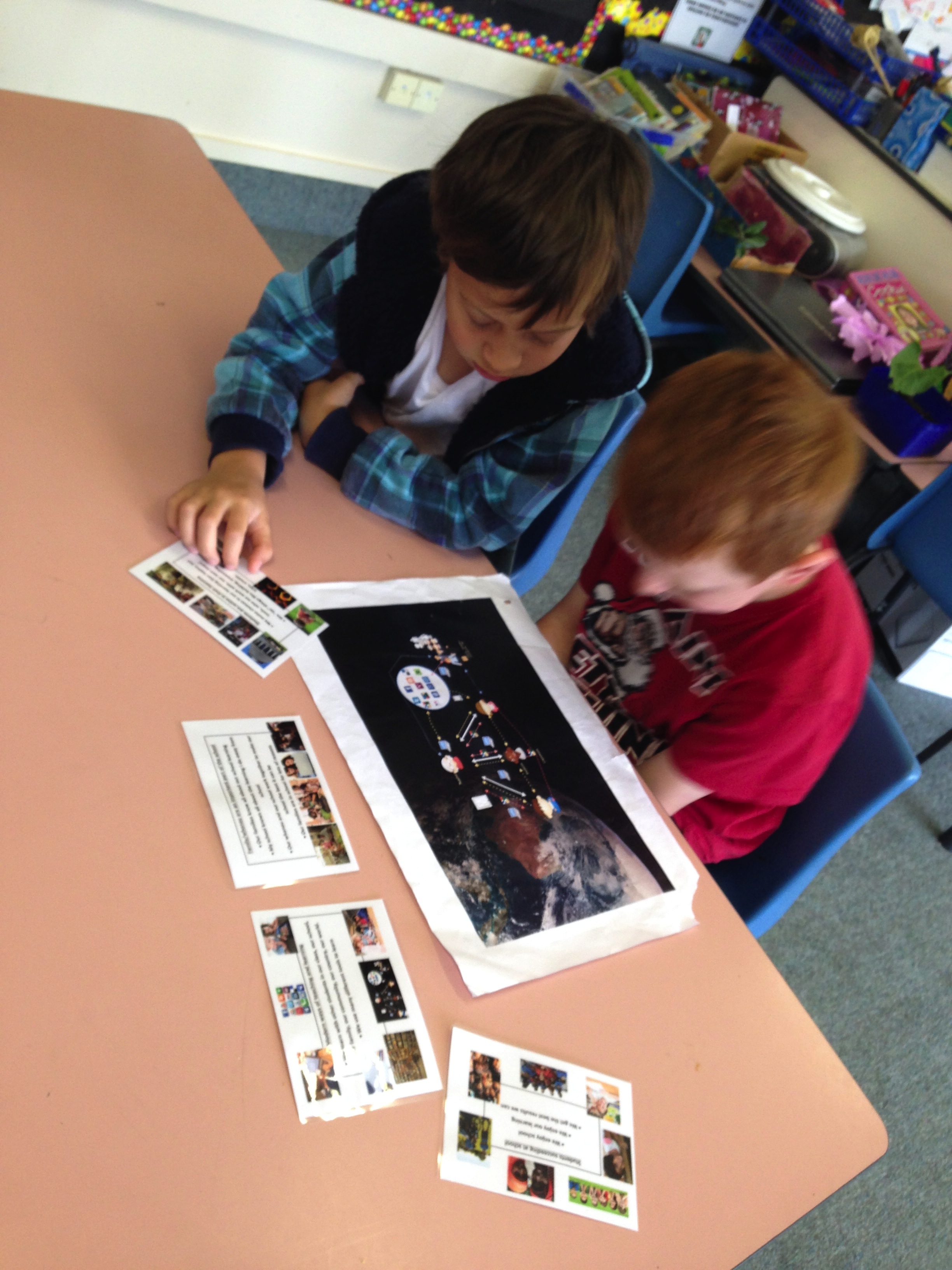
Recent Comments